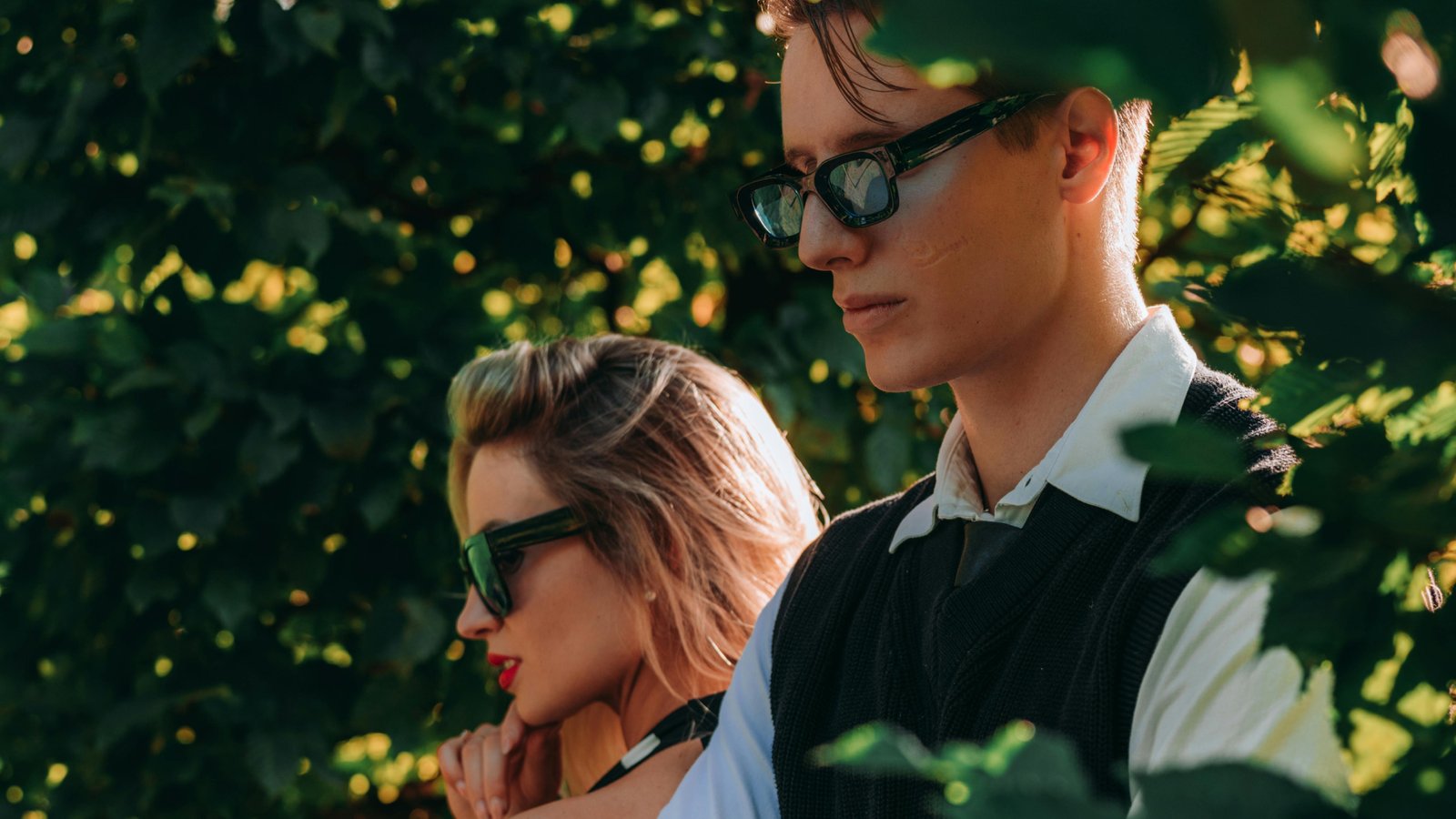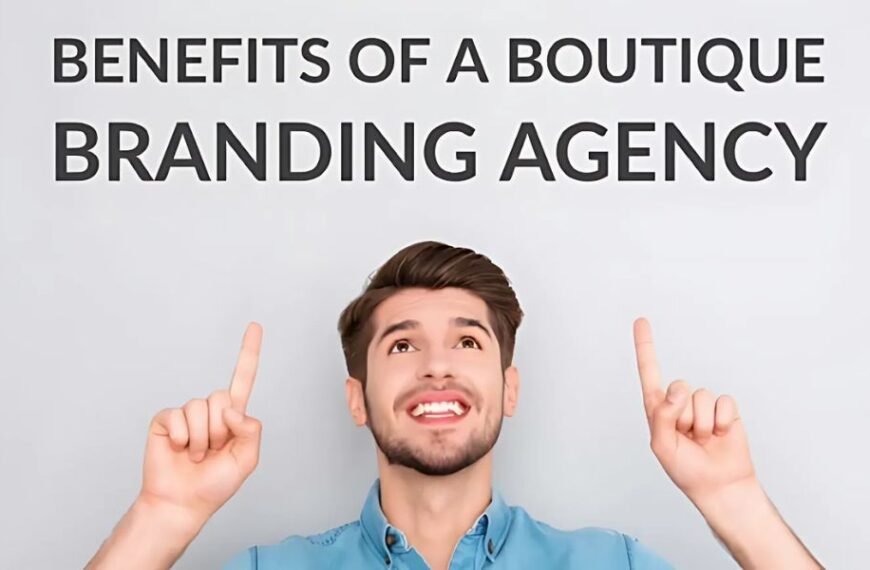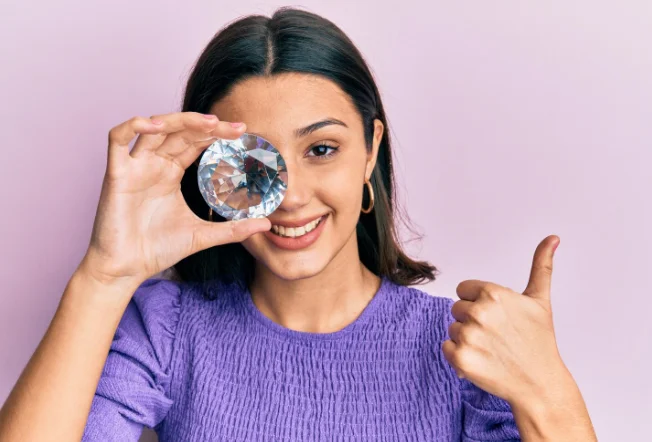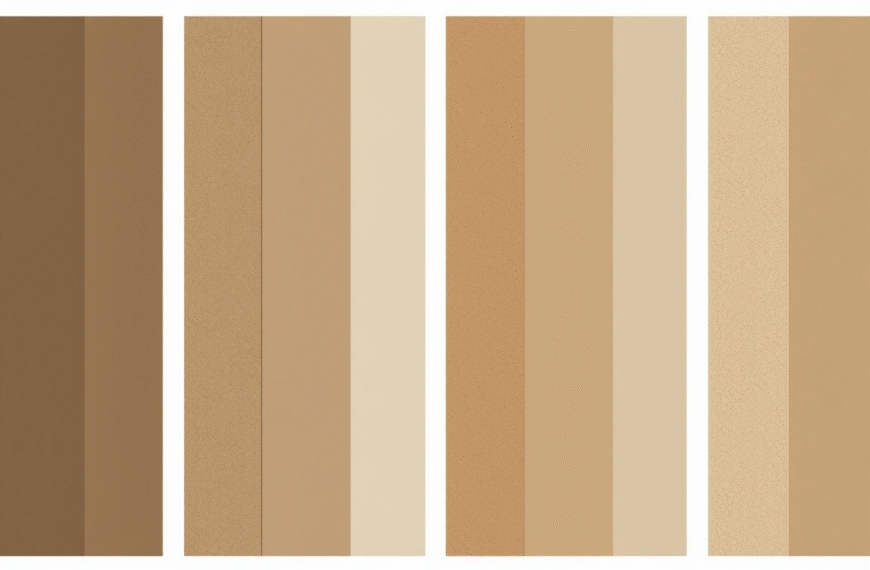Here’s something that’ll shock you – 80% of your lifetime UV eye damage happens before you turn 18. But here’s what’s even crazier: most fashion enthusiasts I know treat sunglasses like they’re just accessories. They’re not thinking about protection at all.
Look, I get it. You want to look good. I’ve been there too. But this mistake? It can literally cost you your vision down the road. And honestly, that’s not a trade-off worth making.
I’ve been helping fashion lovers figure out this whole style-meets-safety thing for years now. Trust me, you don’t have to choose between looking amazing and protecting your eyes. Today, I’m going to show you exactly how to do both.
You’ll learn which styles work best for your face (because let’s be real, not every frame flatters everyone), how to actually spot quality UV protection, and where to find options that are both gorgeous AND functional.
By the time you finish reading this, you’ll know exactly what to look for. Your eyes will be protected, and you’ll still look incredible. Win-win.
Why Fashion Lovers Need to Care About Eye Protection
Okay, let’s talk science for a second (but I’ll keep it simple, promise). The sun sends three different types of energy your way. There’s the light you see, the heat you feel, and then there’s UV radiation – which is basically invisible damage happening to your eyes right now.
UV-A rays? They’re sneaky. They go deep into your eye and mess with the macula (that’s the part at the back that helps you see fine details). Over time, this can lead to macular degeneration. And trust me, you don’t want that.
UV-B rays are more upfront about their damage. They get soaked up by your cornea and lens, and they’re actually worse than UV-A rays in terms of immediate harm. Think sunburn, but for your eyes. Ouch.
But here’s the part that really gets me – and most people have no clue about this: UV rays bounce around like crazy. Water bounces 15% of them right back at you. Sand? That’s 25%. Fresh snow can reflect up to 80% of UV rays straight into your eyes.
So even when you’re not staring at the sun (which, obviously, don’t do that), you’re still getting blasted with UV from all these surfaces around you. It’s like being in a fun house of UV mirrors, except it’s not fun at all.
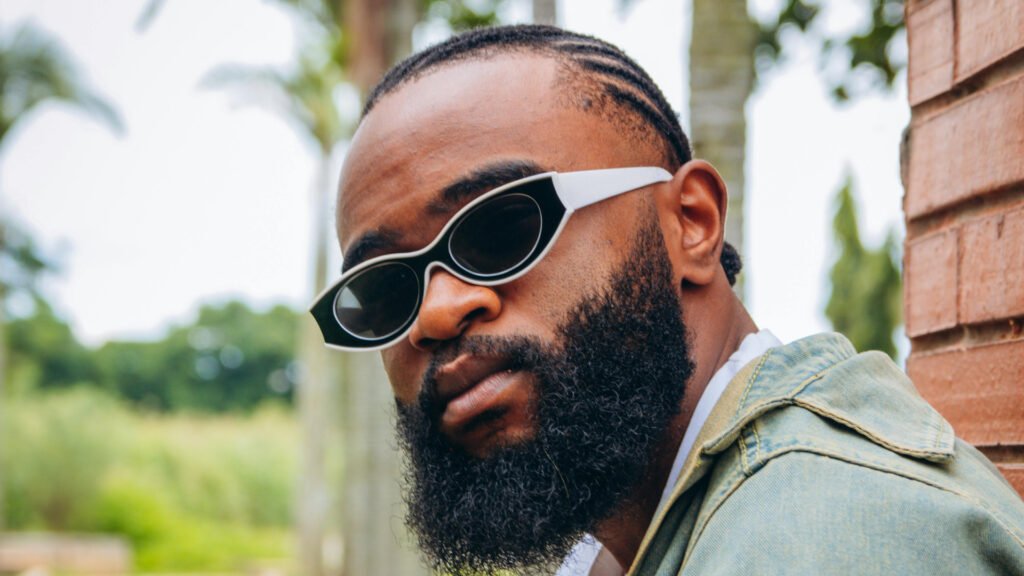
The Complete Guide to Stylish Eye Protection
Here are the top 10 ways to protect your eyes. I’m going to walk you through everything you need to know about protecting your eyes without looking like you’re heading to a medical appointment. We’ll start with the brands that are absolutely crushing it right now, then dive into the technical stuff that actually matters, and finish with some real-world tips that’ll save you from making expensive mistakes.
1. Start with Myliiawear – The Perfect Blend of Fashion and Function
Let me tell you about Myliiawear – they’ve honestly figured out something most brands haven’t. You know how you usually have to pick between looking good and actually protecting your eyes? Well, not anymore.
I’ve been recommending Myliiawear Fitovers to my fashion-forward friends for a while now, and here’s why: they block 100% of UV-A and UV-B rays (which is non-negotiable), but they do it while keeping you looking effortlessly chic. And trust me, that’s harder to pull off than it sounds.
What I love about their approach is that they get that protection doesn’t have to look medical or boring. Their designs actually complement your style instead of competing with it.
Plus, they’ve got options for every lifestyle. Whether you’re someone who switches between prescription glasses and sunglasses all day (been there, it’s annoying), or you need something that works for your active routine, they’ve thought of it all.
2. Master the Art of Quality Sunglass Selection
Now, once you understand what good protection looks like, you can start shopping smarter for any sunglasses.
Quality frames filter harmful UV radiation before it reaches your eyes. They should block 100% of UV rays up to 400 nanometers. Look for labels that say “UV 400” or “100% UV protection.” If you don’t see these labels? Keep walking.
Here’s my shopping strategy that’s never failed me:
Check the lens material first. Polycarbonate lenses are my go-to for most people. They’re tough, they’re lightweight, and they won’t shatter if you drop them (which, let’s face it, happens). Glass lenses look incredible and give you that crisp vision, but they’re heavier and more fragile.
Think about lens tints based on your lifestyle. Gray lenses are like the little black dress of sunglasses – they work with everything and don’t mess with colors. Brown lenses are fantastic for driving because they enhance contrast. Green lenses reduce glare while keeping colors natural.
Test the fit like you mean it. Your sunglasses should sit close to your face without your eyelashes brushing the lenses. The frames need to cover your entire eye area, including those corners where light loves to sneak in.
3. Discover the Game-Changing World of Fitovers
Okay, I need to tell you about fitovers because they’re honestly brilliant. If you wear prescription glasses, you’ve probably struggled with this: do I get prescription sunglasses, or do I deal with those awkward clip-ons from 1995?
Here’s the thing – the fitover world has completely transformed. We’re not talking about those chunky, obvious things your grandpa wore. The new designs are sleek, stylish, and actually complement your existing frames.
Myliiawear’s ClipShades are perfect examples of this evolution. They clip right onto your prescription glasses and flip up when you don’t need them. It’s like having a convertible for your eyes.
I love recommending these for people who are constantly moving between indoor and outdoor spaces. You know the drill – walking from your car to the office, ducking into shops, sitting in restaurants with big windows. Instead of constantly switching glasses or squinting, you just flip them up or down.
The best part? Modern fitovers look intentional, not like an afterthought.
4. Find Your Perfect Style Match (Because Face Shape Actually Matters)
Alright, let’s talk about something most people get wrong: matching frames to your face shape. I see it all the time – someone falls in love with a pair of sunglasses on the rack, buys them, and then wonders why they don’t look quite right.
If you have a round face (think soft curves, width and height are pretty similar), you’ll want to add some angles. Square and rectangular frames are your best friends here. They add definition and structure to soft features. And please, avoid round or oval frames – they’ll just make your face look wider.
Square faces are the opposite situation. You’ve got strong angles already, so you want frames that soften things up. Round, oval, and cat-eye shapes work beautifully. Skip the geometric frames that emphasize your natural angles even more.
Heart-shaped faces (wider forehead, narrower chin – think Reese Witherspoon) need balance. You want frames that don’t emphasize the width up top. Aviators are actually perfect for this face shape, along with round frames and styles that are heavier on the bottom.
Oval faces – okay, I’m a little jealous if this is you, because you can wear almost anything. Seriously. You’ve got the most flexibility here, so experiment! Try bold colors, unique shapes, oversized styles. The world is your oyster.
5. Consider Gender-Specific Options (Yes, It Makes a Difference)
Here’s something I’ve noticed: men and women often have different priorities when it comes to sunglasses, and that’s totally okay.
Men’s fit-overs used to be these clunky, obviously practical things. Not anymore. The new designs actually look intentional and masculine. We’re talking darker colors, thicker frames, and angular shapes that enhance rather than hide masculine features.
Women, you’ve always had more variety (lucky you!), and that hasn’t changed. Oversized frames are having a major moment, and honestly, I love this trend because bigger frames mean more coverage. Cat-eye shapes add that vintage glamour that never goes out of style.
But here’s my take: regardless of your gender, choose frames that make YOU feel confident. That confidence shows, and it’s the best accessory you can wear.
6. Protect Kids with Style (This One’s Really Important)
If you have kids, listen up. This might be the most important section in this entire guide.
Children’s eyes absorb way more UV radiation than adult eyes. Their pupils are bigger, their lenses are clearer, and basically, they’re getting hit harder by UV damage than we are. And remember that statistic from the beginning? 80% of lifetime UV damage happens before age 18.
Myliiawear’s kids fit-overs are honestly genius for this. They’ve made eye protection fun instead of a battle. Bright colors, playful designs – kids actually want to wear them.
Here’s my philosophy with kids and sunglasses: start early and make it normal. If your toddler sees you putting on sunglasses every time you go outside, they’ll expect to do the same. It becomes as automatic as putting on shoes.
And please, don’t cheap out on kids’ sunglasses. Their eyes are more vulnerable than ours, so they need the same level of protection (if not better) than what we’re wearing.
7. Add Hats (Because Double Protection Never Hurts)
Okay, so sunglasses are doing the heavy lifting, but hats? They’re like your backup singer – not the star, but they make everything better.
A wide-brimmed hat blocks about 50% of UV rays from even reaching your face. That’s pretty impressive for a fashion accessory. Plus, when you combine a hat with good sunglasses, you’re basically creating a UV-protection fortress around your eyes.
If you’re really getting serious about this (and good for you if you are), look for UPF-rated hats. UPF 50+ blocks 98% of UV radiation. It’s like SPF for fabric, and it takes the guesswork out of hat shopping.
The bonus? Hats are having a fashion moment right now anyway, so you’ll be on-trend while protecting yourself. Win-win.
8. Know When Protection Matters Most (Spoiler: It’s More Often Than You Think)
Here’s something that might surprise you: the sun is strongest between 10 AM and 2 PM. I know, I know – that’s like prime time for being outside. But if you can plan your outdoor activities for early morning or late afternoon, your eyes will thank you.
Seasons matter too, obviously. Spring and summer bring the intense stuff. But here’s where people mess up – they think winter means they’re safe. Nope! Snow reflection can create seriously intense UV exposure, especially if you’re somewhere with altitude.
And can we talk about cloudy days for a second? I see people all the time leaving their sunglasses at home because it’s overcast. Bad move. Up to 80% of UV rays punch right through clouds like they’re not even there. Your eyes are still getting damaged, you just can’t feel it happening.
My rule of thumb: if you’re going outside during daylight hours, bring protection. It’s better to have it and not need it than to squint your way through the day while your eyes take a beating.
9. Avoid the Mistakes That Could Cost You (I’ve Seen Them All)
Let me tell you about the biggest mistake I see people make: buying cheap sunglasses and thinking they’re protected.
Here’s the scary part – those $10 sunglasses with the dark lenses? They might actually be worse for your eyes than wearing nothing at all. The dark lenses make your pupils dilate, but without real UV protection, you’re just letting more harmful radiation flood in. It’s like opening the door wider for damage.
I can’t stress this enough: always buy from places you trust. Department stores, established eyewear brands, optical shops – these places actually test their products. That guy selling sunglasses on the street corner? His “UV protection” claims probably aren’t worth the plastic they’re printed on.
One more mistake I see all the time – people buying sunglasses that look amazing but fit terribly. If there are gaps around the edges where light is sneaking in, you’re not getting full protection. Function has to come first, then style.
10. Handle Special Situations Like a Pro
Some activities need extra thought, and honestly, this is where a lot of people wing it when they shouldn’t.
Beach days are tricky because you’re getting hit from multiple angles. The sun from above, reflection from the water, reflection from the sand – it’s like a UV light show, and your eyes are the target. This is where polarized lenses become your best friend. They cut through glare like butter while still blocking UV rays.
If you’re into mountain activities – hiking, skiing, climbing – you need to know that you get about 4% more UV radiation for every 1,000 feet you go up. So if you’re skiing in Colorado or hiking in the Rockies, you’re getting blasted with way more UV than you would at sea level.
Water sports are another category where I see people make mistakes. You need wraparound styles that prevent UV from sneaking in around the sides. Plus, these frames stay put when you’re moving around a lot (nobody wants to fish their sunglasses out of a lake).
The key is matching your protection to your activity instead of just grabbing whatever sunglasses are closest to the door.
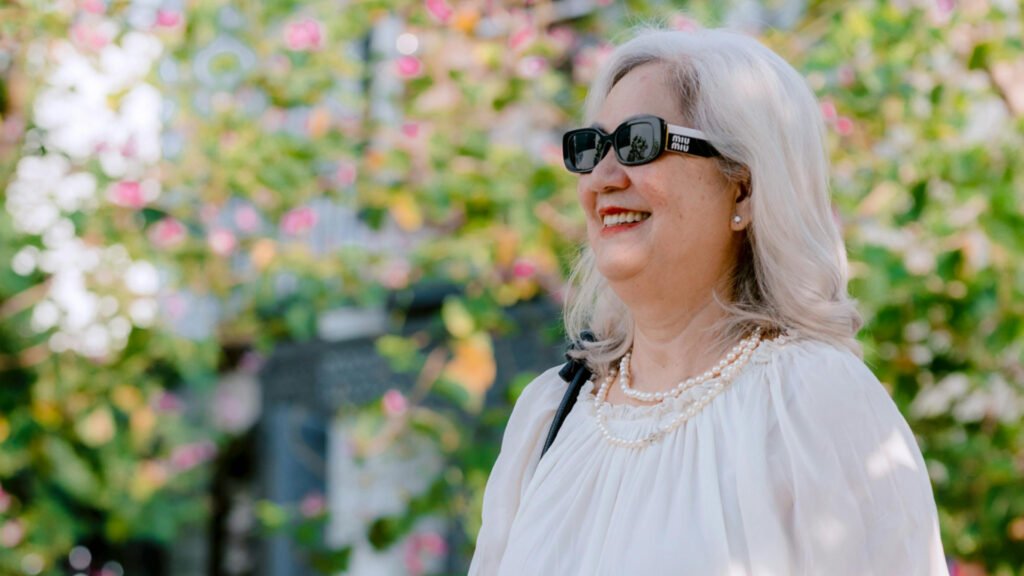
Make Eye Protection Part of Your Daily Style (It’s Easier Than You Think)
Here’s the thing that really gets me: your eyes can’t heal from UV damage like your skin can. When your skin gets sun damage, it at least tries to repair itself. Your eyes? That damage just accumulates, day after day, year after year.
This is why I’m so passionate about building a real sunglasses wardrobe instead of just having one random pair you grabbed at a gas station three years ago.
If you wear prescription glasses, seriously consider getting prescription sunglasses. I know it’s an investment, but the convenience alone is worth it. No more switching back and forth, no more forgetting one pair or the other, no more squinting because you chose vision over eye protection.
And please, for the love of your future self, take care of your sunglasses. Keep them in a hard case (I don’t care how “careful” you are – stuff happens). Clean them with proper microfiber cloths because paper towels and your shirt can scratch the UV coating.
Your Next Steps for Better Eye Protection (Don’t Put This Off)
Okay, let’s get practical. Here’s exactly what you need to do after you finish reading this:
First, go dig through your current sunglasses collection. Check every single pair for UV protection labels. If they don’t say “UV 400” or “100% UV protection,” they’re not doing their job. Toss them or donate them, but don’t wear them thinking you’re protected.
Second, book an eye exam. I don’t care when your last one was – if you’re serious about protecting your vision, you need to know what you’re working with. Your optometrist can spot existing UV damage and give you specific advice for your situation.
Third, do some homework before you shop. Figure out which frame styles flatter your face shape, make a list of features you actually need (do you spend a lot of time driving? Polarized lenses. Active lifestyle? Impact-resistant materials.), and set a realistic budget.
And here’s my last piece of advice: don’t cheap out on this. Good sunglasses cost more upfront, but they last longer, protect better, and honestly, they usually look better too. Your eyes are kind of important – treat them that way.

